Isolde Brielmaier is curator-at-large at the International Center of Photography and, as of last week, the new deputy director of the New Museum in Manhattan. A citizen of the world and a style icon, Brielmaier, originally from Seattle, was a ballet dancer who performed in both Germany and New York City while attending Columbia University. After receiving her PhD from Columbia, she worked at the SCAD Museum of Art and the Bronx Museum of the Arts, but her first big museum job was as program manager at the Guggenheim. In addition to her work with the ICP, she also teaches in the department of photography and imaging at New York University’s Tisch School of the Arts.
“Photography is a medium, a visual form that almost everybody understands. We can all identify a photographic image,” Brielmaier said. “I have a real belief in the power of the image and in its importance in terms of representation, visibility, and voice.”
One of her dreams for the photography world — the democratization of images and the art form — is already underway.
“There is still a digital divide; to assume every single person has or can afford a phone feels a bit presumptuous,” she acknowledged.
But, like most curators, Brielmaier keeps an eye on the future while holding the past very close. Of the images that she chose as those that have influenced her over her career, the one of her grandparents really struck her, she told BuzzFeed News.
“It didn't match a lot of the images that I saw growing up in this country, especially the ways in which African stories are represented in the US. They — my grandparents — were clearing space for themselves.” As a curator and champion of contemporary art, Brielmaier has done the same, including with an exhibit commemorating the 10th anniversary of Hurricane Katrina in New Orleans, and another of Tyler Mitchell’s vision of a Black utopia that asks the viewer to consider what that dream looks like to them.
Here are seven images that have influenced Brielmaier over her career.
1. Seydou Keïta, "Young Man With a Flower":
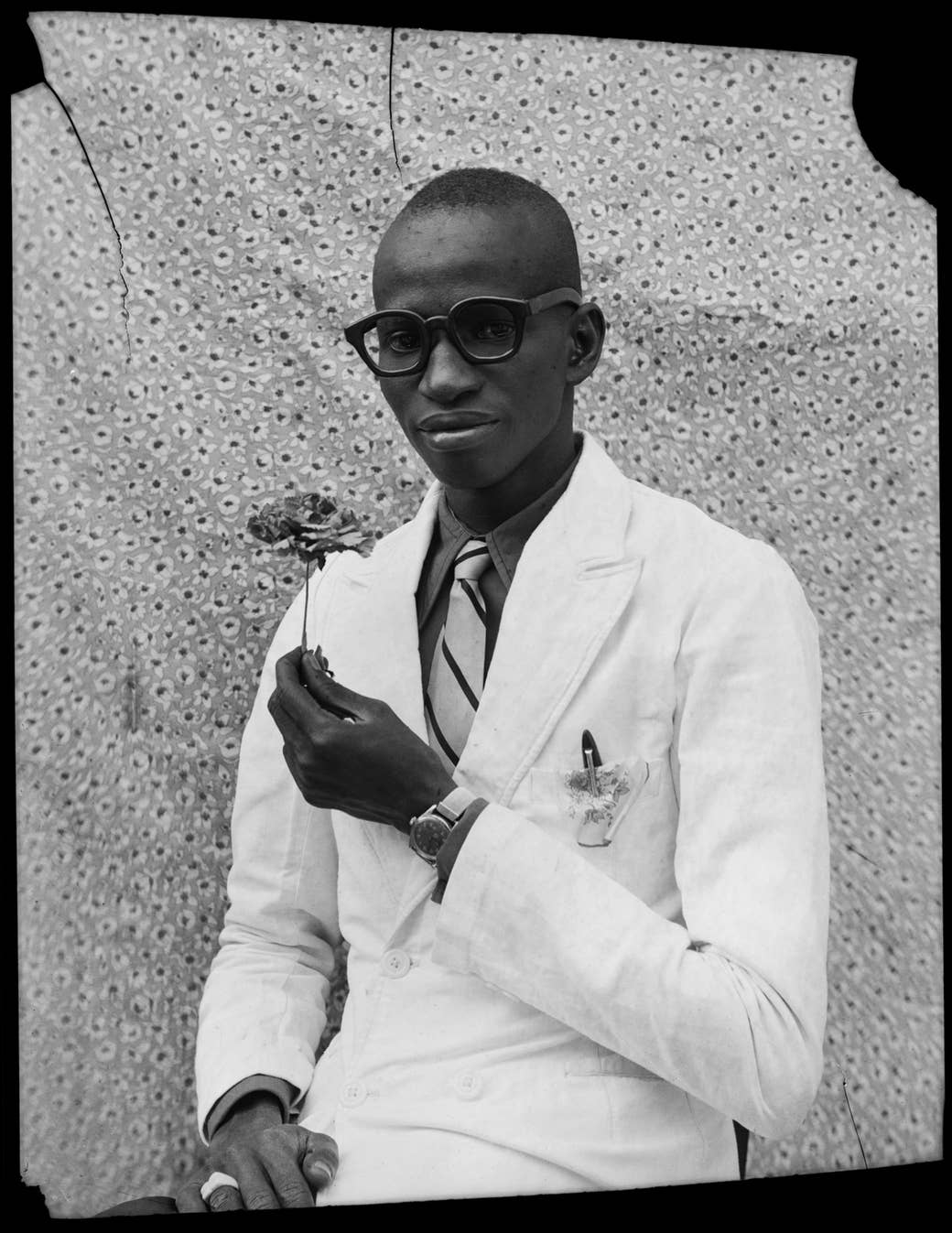
"This was one of the first contemporary West African photographs to circulate in the US and Europe (of course, Keïta’s clients already knew of him and his work!), and it reminded me so very much of the portrait photographs I used to see of my dad’s family in Uganda. It was affirming and also surprising that people here had never seen such an image before. … On the one hand, Africans, and Black people more generally, have always self-determined and represented themselves in ways that honor who we are. On the other hand, these images created a greater awareness of the power of the image and the importance of agency and voice, particularly for Black people, who have worldwide been among the most photographed peoples by those outside of our communities. "
2. Her grandparents’ wedding portrait (Uganda, early 1900s):
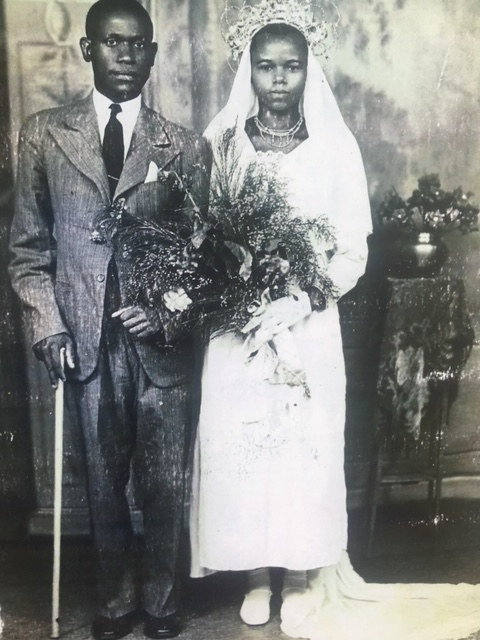
"This portrait of my paternal grandparents’ wedding day is everything to me — the beauty, dignity, grace, and quiet elegance. At a time when all we saw were colonial representations of Africa and Africans, this image counters it all and spotlights such beauty for me and for my family. I hold it dear."
3. Carrie Mae Weems, "Untitled (Woman Standing)," from The Kitchen Table Series, 1990:
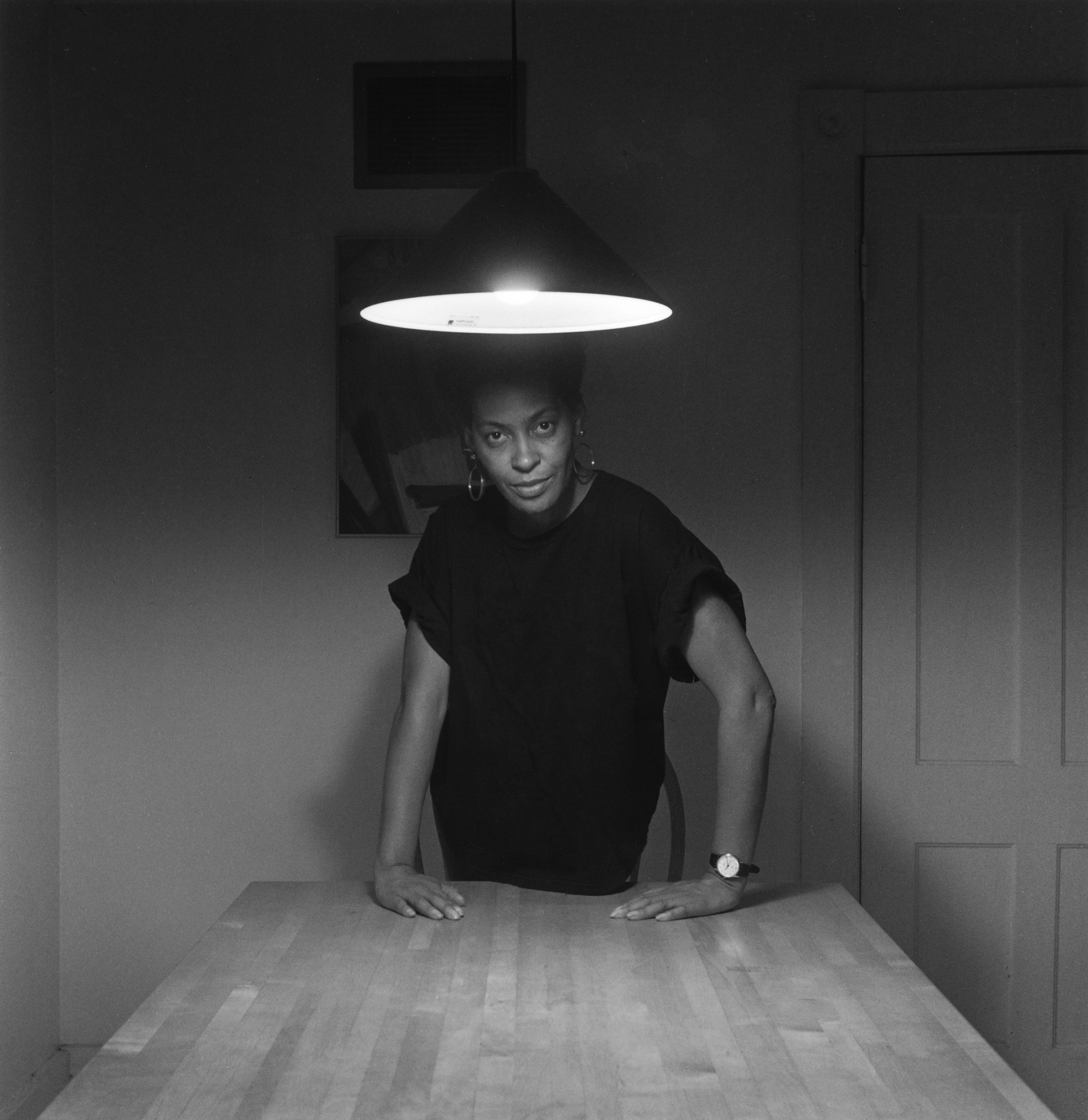
"This work was so impactful for me, both as a young person and as a graduate student. As a Black woman photographer, Weems has always used photography and narrative to self-represent, to tell stories, and to challenge how we see what and who we think we know. This series is so intimate and quiet, yet so powerful. Weems is letting us glimpse an inner life of a woman, her child, her partner, and she gives us just enough information so that each of us can begin to weave a story that we feel fits what we see but also — and Weems does this so well — how we think of and see ourselves."
4. Lalla Essaydi, "Converging Territories #10":

"Lalla created this series as a means of underscoring the subversive power of women in her culture in Morocco. It is about presence and voice and the act of doing something subversive (in this case, calligraphy) that is a tradition reserved for men. I worked with Lalla on some of her first exhibitions, and I deeply respect her. She gifted me this photograph, and it sits on my living room wall, where I am reminded every day of the importance of being true to oneself no matter what."
5. Wangechi Mutu, "Yo Mama":
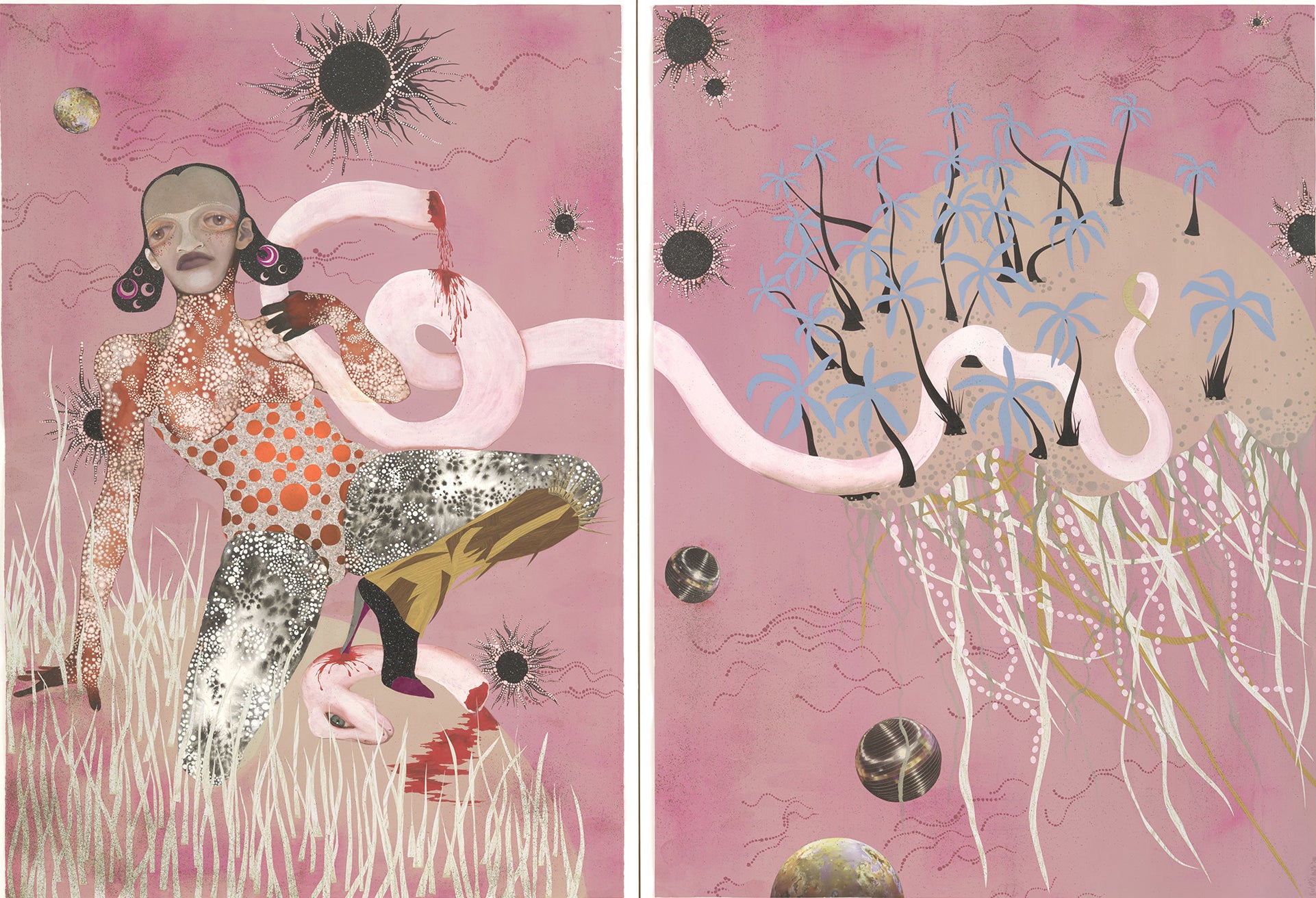
"Wangechi is a dear friend, incredible human, and wonderful artist who very early on used found images — magazine photos, vintage, newspapers, etc. — to re-create women in new and fantastical worlds over which they often reigned supreme. This work will be forever imprinted on my mind. It was one of her first to gain widespread attention, and it was circulated far and wide. She challenged us to review and revise how we see and look. To be creative, expansive, and extraordinary."
6. Gordon Parks, "Department Store, Mobile, Alabama, 1956," and all of his work:
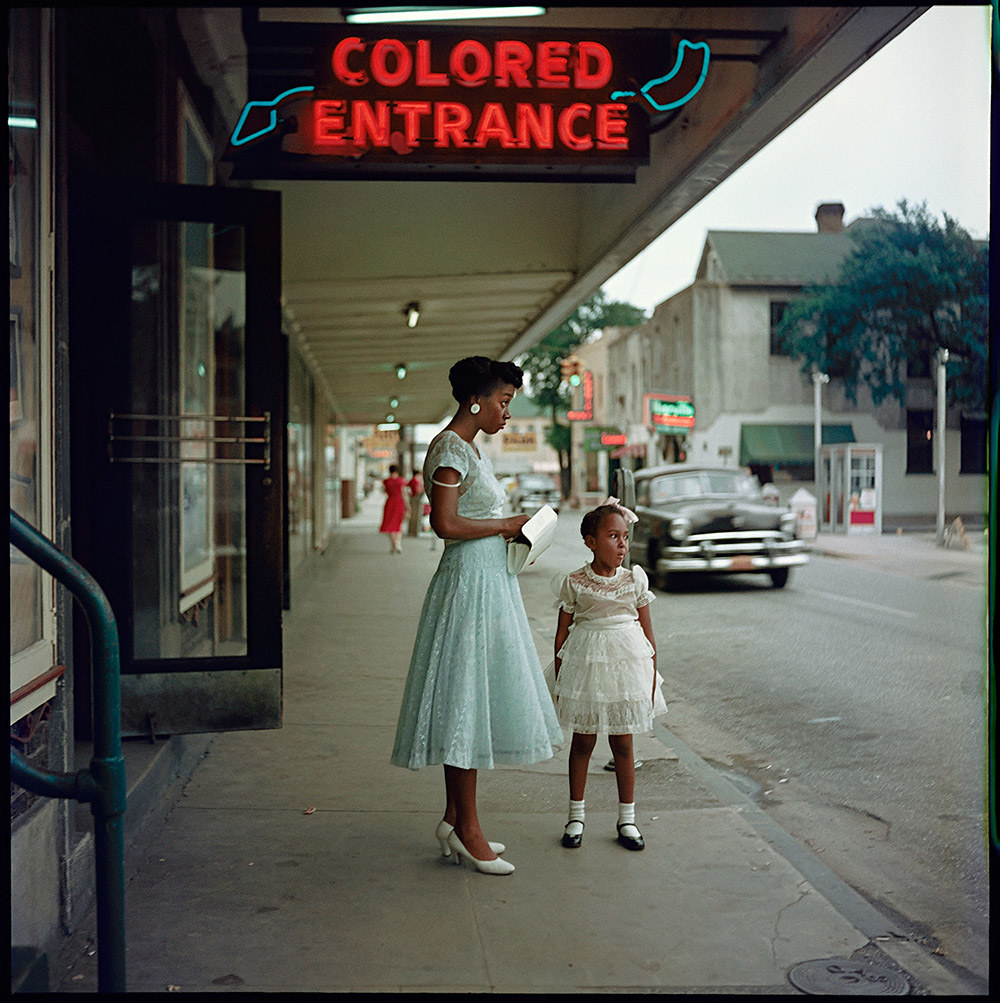
"Gordon Parks was prolific. He documented so much of this country’s history and culture. His images tell our story as Black people and as a nation in such a beautiful way. It was hard for me to select just one from his vast number of images that span decades!"
7. Tyler Mitchell, "Untitled" (film still from Idyllic Space, 2019):

"I curated Tyler’s first US exhibition in January 2020 at the International Center of Photography here in NYC, and one of the reasons I am so drawn to him and his work is because of his commitment to representing joy. His work is a proclamation and offers us images of our everyday lives in which we engage in life's little pleasures that bring us all happiness: eating ice cream, Hula-Hooping, swinging on swings, picnicking. … Tyler is a special being with such an important and necessary vision. He and his contemporaries are our future image-makers."
